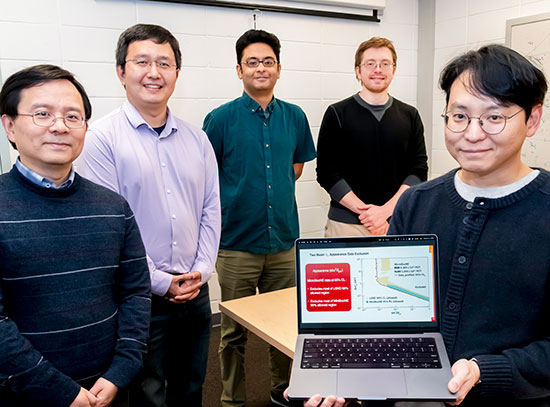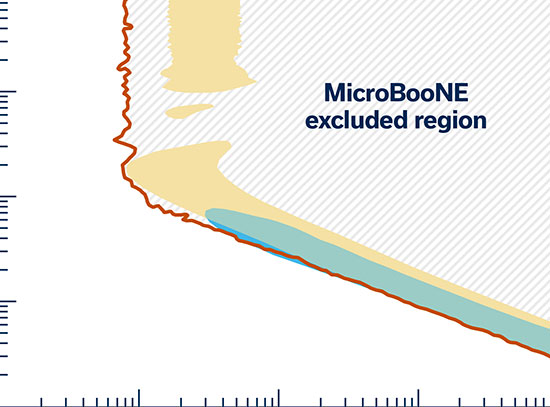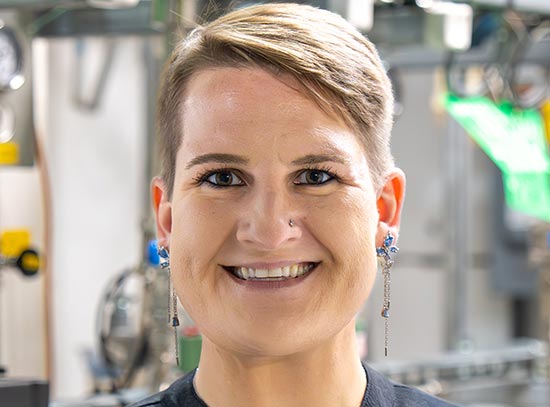Department of Energy Seeks Public Comment On Brookhaven Lab Cleanup
Proposed Plan Targets Soil and Groundwater in Center of Lab Site
October 12, 2006
The following is a Department of Energy news release. DOE contact: John Carter, (631)344-5195.
UPTON, NY - The U.S. Department of Energy (DOE) is seeking public comment on a proposed cleanup plan for soil and groundwater contamination near the center of the Brookhaven National Laboratory (BNL) site. The public comment period will be open from October 12 through November 13, 2006. The cleanup plan, known as the Proposed Remedial Action Plan for the g-2 Tritium Source Area and Groundwater Plume, Brookhaven Linac Isotope Producer Soils, and Former Underground Storage Tanks, along with its accompanying Feasibility Study, is available at http://www.bnl.gov/erd and at the Mastics-Moriches-Shirley, Brookhaven Lab, and U.S. Environmental Protection Agency libraries.
Information sessions on the proposed plan will be held on Wednesday, October 18, 2006, from noon to 2 p.m., and also from 5 to 7 p.m., in Berkner Hall at Brookhaven Lab. A public meeting will be held on Wednesday, October 25, 2006, from 7 to 9 p.m. in Brookhaven Lab's Medical Department conference room. All members of the public are invited to attend and comment.
The proposed plan, which reflects community and regulatory agency input, evaluates five remedial alternatives and documents a "preferred alternative" for the g-2 source area and tritium plume, and proposes final actions for the Brookhaven Linac Isotope Producer soils and the underground storage tanks.
Background
The proposed plan addresses areas of groundwater and soil contaminated with tritium that are linked to Laboratory practices at two of its science facilities — the g-2 experiment and the Brookhaven Linac Isotope Producer. The contamination is located in the center of the Lab site and does not represent a threat to public or worker health.
g-2 groundwater and soil: The g-2 experiment took place from 1997 through 2001, and used an accelerator beam generated by the nearby Alternating Gradient Synchrotron facility. In 1999, BNL detected tritium in the groundwater near the g-2 experiment at concentrations at about two times the 20,000 picocuries per liter (pCi/L) drinking water standard. An investigation into the source of the contamination determined that the tritium originated from soil shielding located adjacent to the g-2 target building. The soil had become "activated," or radioactive, when the accelerator beam inadvertently struck one of the magnets in the building and deflected into the nearby soil. Rainwater then carried the tritium into the groundwater.
Corrective actions were immediately implemented to prevent additional infiltration of rainwater and to determine the extent of the groundwater contamination. Monitoring results indicate that infiltration controls are working, although fluctuations in the water table occasionally "flush" residual tritium from soils beneath the facility, leading to higher levels in nearby groundwater. The amount of tritium remaining in the soil is expected to decline over time. Groundwater monitoring and computer modeling indicate that tritium concentrations in groundwater will be reduced to less than the drinking water standard by the years 2010-2015, and remain in the central portion of the BNL site.
Brookhaven Linear Isotope Producer (BLIP): The BLIP facility, in operation since 1972, is a national resource for producing radioisotopes that are crucial for research and clinical use in nuclear medicine. A small area of soil activation is present surrounding the BLIP's target vessel, which is located approximately 30 feet below the facility. In 1998, tritium concentrations at about 2.5 times the drinking water standard were detected immediately downgradient of the BLIP. BNL determined that rainwater infiltration along the building's foundation had passed through activated soil and carried tritium from the soil and into the groundwater.
Corrective actions were implemented to prevent rainwater infiltration, and a liquid silica grout was injected into the soil around the target to immobilize the tritium. Tritium concentrations in the area have been generally declining since 1998, but have periodically increased. These increases correlate with the same water-table fluctuations described for the g-2 area. Groundwater monitoring and computer modeling indicate that tritium in the area will be reduced to below the drinking water standard before moving more than 300 feet from the BLIP facility
Underground storage tanks: Eight underground storage tanks used to hold low-level radioactive liquid waste were removed prior to 1996 with oversight provided by the Suffolk County Department of Health Services. Confirmatory sampling was performed after the tanks were removed, and no further environmental concerns were identified.
Cleanup Alternatives and the Preferred Alternative
The Comprehensive Environmental Response, Compensation, and Liability Act (CERCLA) requires that the selected cleanup remedy must protect human health and the environment. The cleanup remedy also must be cost-effective, comply with other laws, and, to the greatest extent practical, use permanent solutions, alternative treatment technologies, and resource-recovery alternatives.
For the g-2 source area and tritium plume, five remedial alternatives are described in the proposed plan, ranging from the continued maintenance of the concrete cap, groundwater monitoring, and several active groundwater remediation alternatives to the physical removal of contaminated soil.
After considering all input, the U.S. Department of Energy is recommending "Alternative 2," Continued Source Area Controls and Groundwater Monitoring, as the preferred cleanup remedy for the g-2 source area and tritium plume because it represents the best balance of the U.S. Environmental Protection Agency's criteria for selecting remedies under CERCLA and best addresses the overall protection of human health and the environment. Under this alternative, the concrete cap over the g-2 area will be maintained, and groundwater monitoring will be used to verify the effectiveness of the cap and the predicted decline of tritium levels in groundwater. The remedy includes "contingency actions" stating that if, over time, groundwater monitoring reveals that tritium levels are not declining as expected, additional actions, such as active remediation, would be evaluated. The activated soils will be allowed to decay in place until the facility is fully decommissioned.
For the BLIP facility, final actions under this plan include the continued inspection and maintenance of the cap, groundwater monitoring, institutional controls, and previously completed work.
As no environmental concerns were identified during the removal of the eight underground storage tanks, no further action is proposed for these areas.
Next Steps
DOE and BNL encourage public input to ensure that the cleanup decision for the g-2 and BLIP areas is considerate of community expectations and is protective of human health and the environment. Formal written comments will be accepted from October 12 through November 13, 2006. Public comments should be mailed to Michael D. Holland, Site Manager, U.S. Department of Energy - Brookhaven Site Office, Attn: g-2 Tritium Source Area and Groundwater Plume, BLIP, and Former USTs, Bldg. 464, P.O. Box 5000, Upton, NY 11973-5000. Comments can also be e-mailed to tellDOE@bnl.gov, or faxed to (631) 344-3444.
After the public comment period, DOE will review public comments and make a final decision on the cleanup remedy. A "responsiveness summary," which compiles the public comments and DOE's responses to them, will be part of a Record of Decision that documents the final cleanup agreement.
For further information, call Jeanne D'Ascoli, Brookhaven National Laboratory, at (631) 344-2277, or John Carter, U.S. Department of Energy, at (631) 344-5195.
Environmental remediation at Brookhaven Lab is carried out under requirements of the federal Comprehensive Environmental Response, Compensation, and Liability Act of 1980. Past operations at the Laboratory have resulted in soil and groundwater contamination. Remediation work is conducted under the framework of an interagency agreement among the U.S. Department of Energy, the U.S. Environmental Protection Agency, and N.Y. State Department of Environmental Conservation. The Department of Energy owns the Brookhaven property, and oversees and funds the cleanup program.
2006-10548 | INT/EXT | Newsroom









